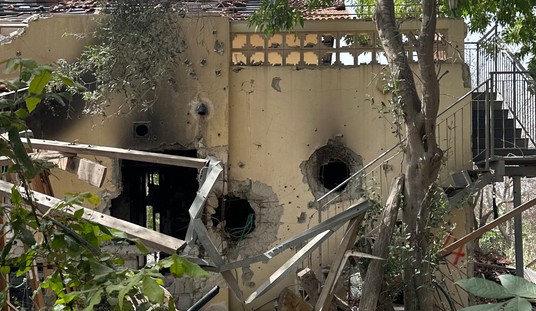The Pentagon announced on Jan. 26 that the U.S. military will begin to wind down its central role in Haitian relief efforts within the next three to six months.
This announcement definitely signals a transition in post-disaster operations, from emergency operations (immediate rescue relief) to recovery operations. The Haitian government's decision to suspend major search missions (made late last week) was another indication a phase shift is occurring in the global effort to assist the Haitian people.

There are arguably four types of aid: emergency, recovery, reconstruction and developmental. These four flavors roughly correlate to the "phases of recovery" following a disaster like Haiti's Jan. 12 earthquake. Each phase is complicated. Emergency aid gets the headlines, for it involves life and death heroics; developmental aid is the most difficult because it seeks to build a future, and this entails a debate of whose version of the future will be financed.
Since the earthquake, the world has witnessed a remarkable demonstration of U.S. transport and logistics capabilities. American military swords often double as plowshares, and a natural disaster illustrates that dual capacity. Speed saves lives in emergency response. Providing first aid and surgical services to injured survivors obviously requires swift action. Search and rescue is another mission that plays a crucial role in reducing the death toll, and in the case of Haiti several American civilian agency search-and-rescue teams deployed within 48 hours. Supplying follow-on medical assistance, food and clean water is also vital. Numerous public and private aid organizations responded quickly to meet these needs.
Recommended
In large-scale disasters, bottlenecks inevitably occur. The Port au Prince airport's limited ramp space (for parking and unloading transport aircraft) hampered initial international efforts, but aircrews, flight controllers and ground personnel adapted. Impoverished Haiti, however, starts off short of runways. Enter the U.S. Navy. A Navy nuclear-powered aircraft carrier is a mobile airfield. With their large sick bays, carriers are mobile hospitals. In Haiti, the USS Carl Vinson is serving an emergency transportation hub for helicopters moving people and supplies throughout the quake-damaged area. Large ships with onboard distillation capabilities are particularly valuable in the emergency aid phase since they can provide significant amounts of clean water for both aid personnel and victims. The U.S. has also deployed the hospital ship USNS Comfort.
The recovery phase is a time of transition. The immediate shock of the disaster is fading, the timely distribution of supplies is reasonably certain, and, for the bulk of the population, basic survival needs are being met. However, sustaining this condition means critical local support infrastructure must begin to function at a minimal level.
Hasty repairs to transport and communications systems (e.g., roads, airfields, cell phone towers) and providing semi-permanent shelter (e.g., refugee centers) characterize the recovery phase. This has begun in Haiti.
Recovery, when support is sustained, should eventually lead to reconstruction, rebuilding old neighborhoods and building new ones. Developmental aid intends to build a better future than the past the disaster savaged. Reconstruction and development, when pursued wisely, involve improving human systems as well as improving infrastructure. They are, in some respects, the most difficult phases, for they move from immediate, definitive heroics to long-haul, squishy politics.
Haiti's endemic problems now become the problem. Haiti has limited natural resources. Take a look at the satellite photos -- the Haitian half of the island of Hispaniola is a moonscape of denuded hills and slope failures. In order to make charcoal, poor Haitians cut down their forests. That is fine with the Haitian elites. The wealthy have the cash to import fuel and build grand villas in Petionville (way up the hill from Port au Prince).
Should 60 percent of Haiti's political class be in jail? Does that sound outrageous? Okay, 70 percent may be a better figure. Haiti's corrupt political class entwines with its business class, and the result is a kleptocracy. Kleptocracies don't enforce building codes. Kleptocrats let their corrupt pals make chalky concrete. When the earthquake strikes, hundred of thousands of people die due to poverty and corruption.
The systemic lack of governmental accountability in Haiti steals Haiti's future.
The U.S. military will be pulling out in the next six months. Fifteen years ago in a column addressing the Clinton administration's efforts in Haiti, I wrote that a developmental aid program that genuinely addresses Haiti's problems would take somewhere between 30 and 50 years to implement. Given the continuing corruption, three to five decades still sounds about right.

























Join the conversation as a VIP Member